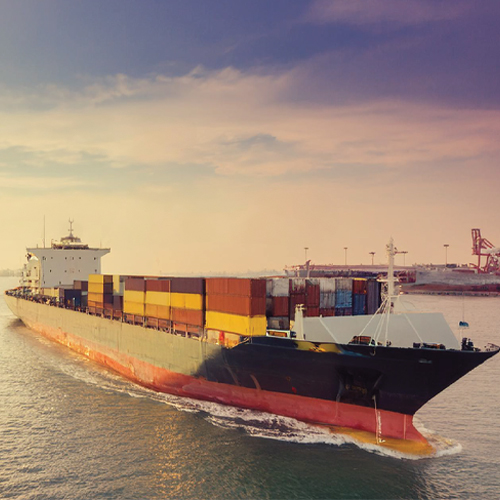 The global container ship fleet is experiencing its fastest growth in 15 years, marking a significant expansion in reshaping the shipping industry landscape. Since the beginning of the year, the fleet’s capacity has surged by 1.6 million TEUs (twenty-foot equivalent units), representing an 11% increase from the previous year, according to Niels Rasmussen, Chief Shipping Analyst at BIMCO. This growth brings the total capacity to 29.5 million TEUs, underscoring the robust demand for container shipping.
The global container ship fleet is experiencing its fastest growth in 15 years, marking a significant expansion in reshaping the shipping industry landscape. Since the beginning of the year, the fleet’s capacity has surged by 1.6 million TEUs (twenty-foot equivalent units), representing an 11% increase from the previous year, according to Niels Rasmussen, Chief Shipping Analyst at BIMCO. This growth brings the total capacity to 29.5 million TEUs, underscoring the robust demand for container shipping.
The first half of 2024 witnessed unprecedented levels of new ship deliveries, with a total of 264 ships entering service. These ships, boasting a combined capacity of 1.6 million TEUs, represent a two-thirds increase over the same period last year when the previous record was set. This surge in capacity is driven by strong cargo volume growth and strategic rerouting of ships via the Cape of Good Hope, which has also contributed to a decline in ship recycling. Only 36 ships, with a combined capacity of 51,000 TEUs, were recycled during this period.
Despite the current high capacity, shipowners continue to place new orders, demonstrating confidence in the sustained demand for shipping services. So far this year, 63 ships with a combined capacity of 400,000 TEUs have been ordered, maintaining a high order book-to-fleet ratio of 19%. The order book is robust, with deliveries scheduled through 2028 and an average of 1.5 million TEUs expected to be delivered each year from 2025 to 2027.

The growth of the container ship fleet is primarily driven by the 12,000-17,000 TEU segment, which has expanded rapidly. This segment now accounts for 22% of the total fleet capacity and has grown by 25% year-over-year. It represents nearly half of the overall fleet’s growth and has been a key driver of expansion in recent years. This trend is expected to continue, as more than 50% of the capacity on order falls within this segment.
In contrast, ships larger than 17,000 TEUs, which dominated growth from 2015 to 2021, now make up only 17% of the current order book. These larger vessels are operationally limited to specific trade routes in Asia and Europe, and the existing fleet of 212 ships is sufficient to cover these lanes.
The container fleet’s capacity is projected to exceed 30 million TEUs for the first time by the end of the third quarter of 2024 and reach 30.5 million TEUs by year-end. By 2027, the current order book will add another 4.3 million TEUs to the fleet. However, with cargo volume growth unlikely to match this rapid expansion, an increase in ship recycling is anticipated to moderate overall fleet growth. Furthermore, if shipping routes return to the Red Sea and the Suez Canal, the demand for additional ships could decline, contributing to a more balanced market.
The rapid growth of the container ship fleet reflects the industry’s response to evolving market dynamics and increasing demand for shipping capacity. While the current expansion presents opportunities, it also poses challenges that will require careful management of fleet growth and operational strategies. As the industry navigates these changes, the focus will likely shift toward optimizing existing assets and exploring innovative solutions to meet future demand efficiently